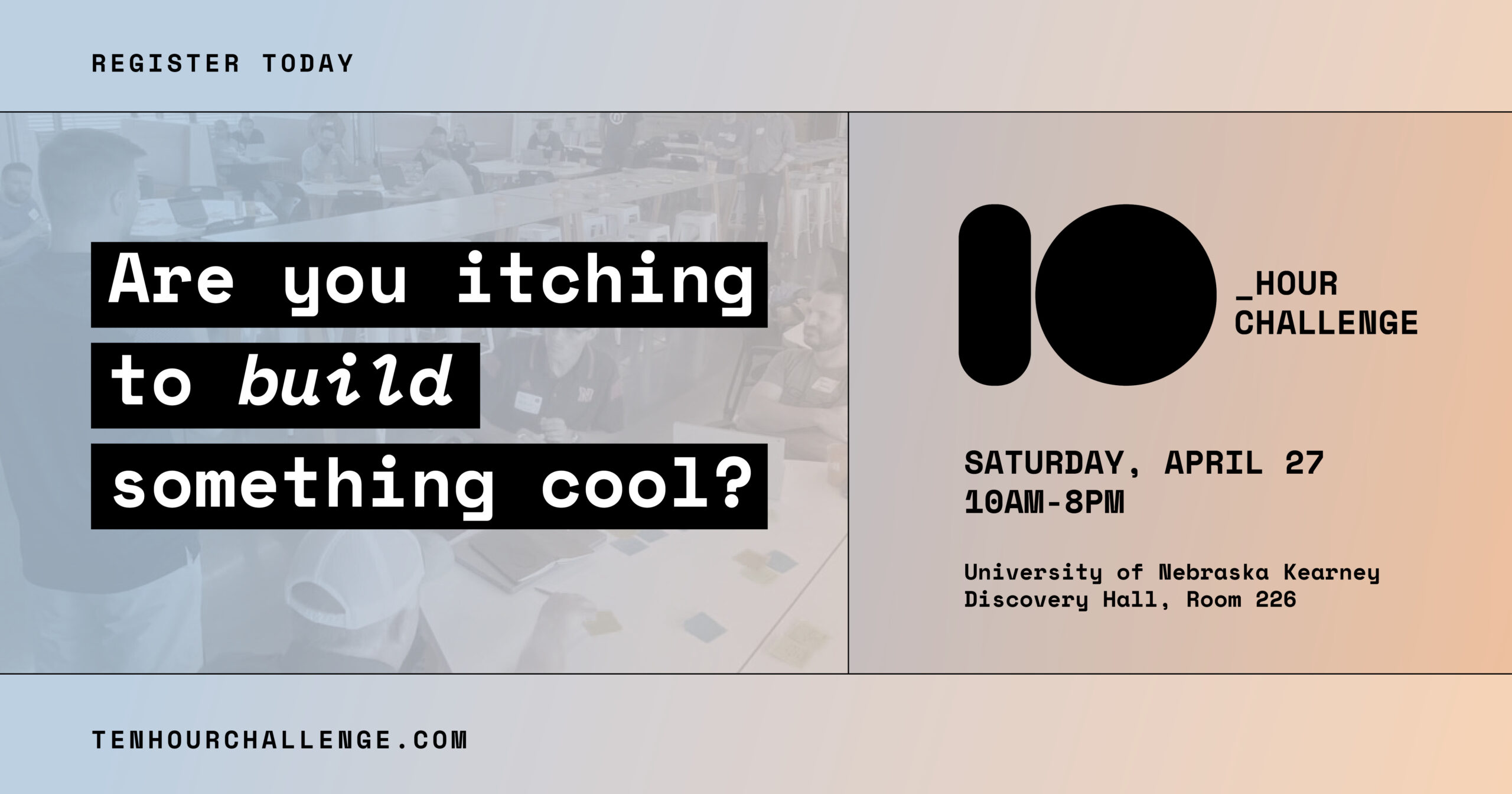This is part five of the “A” Word, Emily Truax’s ongoing series of articles on Agile. For previous installments, click here, here, here or here.
I once read a project proposal that made me cry. But not for the reason you might think.
This proposal had it all: a clear and concise business case, a well-researched user study, various proofs-of-concept, drawings and diagrams, and an appendix of methods and data points that would make a database engineer salivate. It was a perfect example of how to write a project proposal, and an artifact in a cautionary tale against investment bias.
The sponsor behind the project had bought into his own vision of the end product so completely that he became incapable of seeing anything else. Despite the dedicated team championing this piece of art wrapped in a modest three-ring binder, he chose a proposal delivered to him by a savvy marketing team full of yes-people. When they predictably failed to deliver, rather than accept the loss and start over, he pushed the dedicated team ahead, without map or compass or working app, to fulfill the expectations promised to him without compromise.
Needless to say, it did not end well.
Many businesses rely on contracts. Contract negotiation is very important when attempting to identify the parameters behind the work to be performed between a business and a third party, or to open discussion between two parties with conflicting views, needs, desires, and expectations. Often, negotiations of this type involve compromise, where one side gives up something to gain something else that the other side is hesitant to provide. When a negotiation involves compromises, the result is partial satisfaction for both parties which, while not ideal, can resolve situations where the parties in a negotiation are at a stand-still.
But for some, a win-lose scenario is not an option. Their ego has decided their position, their wants and desires, or their opinion is too important, too precious, or just too in the right to change any part of it. Not only does this fuel investment bias—a symptom of the refusal to compromise—but it perpetuates the notion that the individual is more valuable, more knowledgeable, or simply more important. We are taught at an early age that, if we don’t win 100%, we lose. We see this in sports, in school, and in business. Search the Harvard Business Review for business negotiation and you’ll find references to leverage, proactive vs. reactive negotiation, how to maximize the deal, and how to tailor your negotiation method to best match your desired outcome. In other words, how to win.
No one is the singular expert in any field, not even the experts. In its heyday, NASA boasted some of the most brilliant minds on this planet and yet, when the Apollo 13 disaster occurred and the crew was in danger of asphyxiation, they didn’t assign a single SME to fix it. They dedicated a group of engineers to collaborate with the astronauts to solve the problem, literally fitting a square peg into a round hole using only the minimal supplies onboard the shuttle. The commander of the mission, Jim Lovell, was later quoted as calling this feat of jerry-rigging “a fine example of cooperation between ground and space”.
While many of us will never be part of a project that literally carries life-or-death consequences, the power of COLLABORATION AND COOPERATION displayed in Apollo 13’s successful return cannot be underplayed. The team set aside their egos. They collaborated with no expectation of recognition or individual victory. They drew upon their individual knowledge and skills to build upon each other’s experiences to create something of value. They worked—and I can’t emphasize this enough—as a team.
When two parties share their expectations in a collaborative environment, the sides no longer focus on their separate needs in the interest of gaining full satisfaction across the board. When we set aside our win-lose attitude and adopt a truly collaborative mindset, we better understand our customers’ needs and wants, we discover new avenues to explore solutions together, and we build trust and interest in our goals. Being open to positive collaboration and cooperation gives access to more opportunities and options than compromising or competing with each other will ever do.
Sometimes it’s not possible to avoid compromise. But when people are open to collaboration, the results of their negotiations will most likely result in stronger results, more productive interactions, and overall happier clients—both in business and in life.
In my next article, I’ll make the case for updated value #4: OPEN RESPONSE TO CHANGE over A PLAN TO FOLLOW. Now, if you’ll excuse me, I think I’m overdue for a Tom Hanks movie marathon.
—
Emily Truax wanted to be a dragon when she grew up. Still does, but hoarding doesn’t pay the bills.
In her adulting life, she is a technical project manager with a decade of experience in Agile methodology. She holds her PMP and PMI-ACP from PMI, and her CSP-SM and CAL-E/T/O from Scrum Alliance. In her creative life, she is a freelance artist, designer, writer and sometimes-musician.
Emily lives in Omaha with her partner, Mike, and many houseplants.




